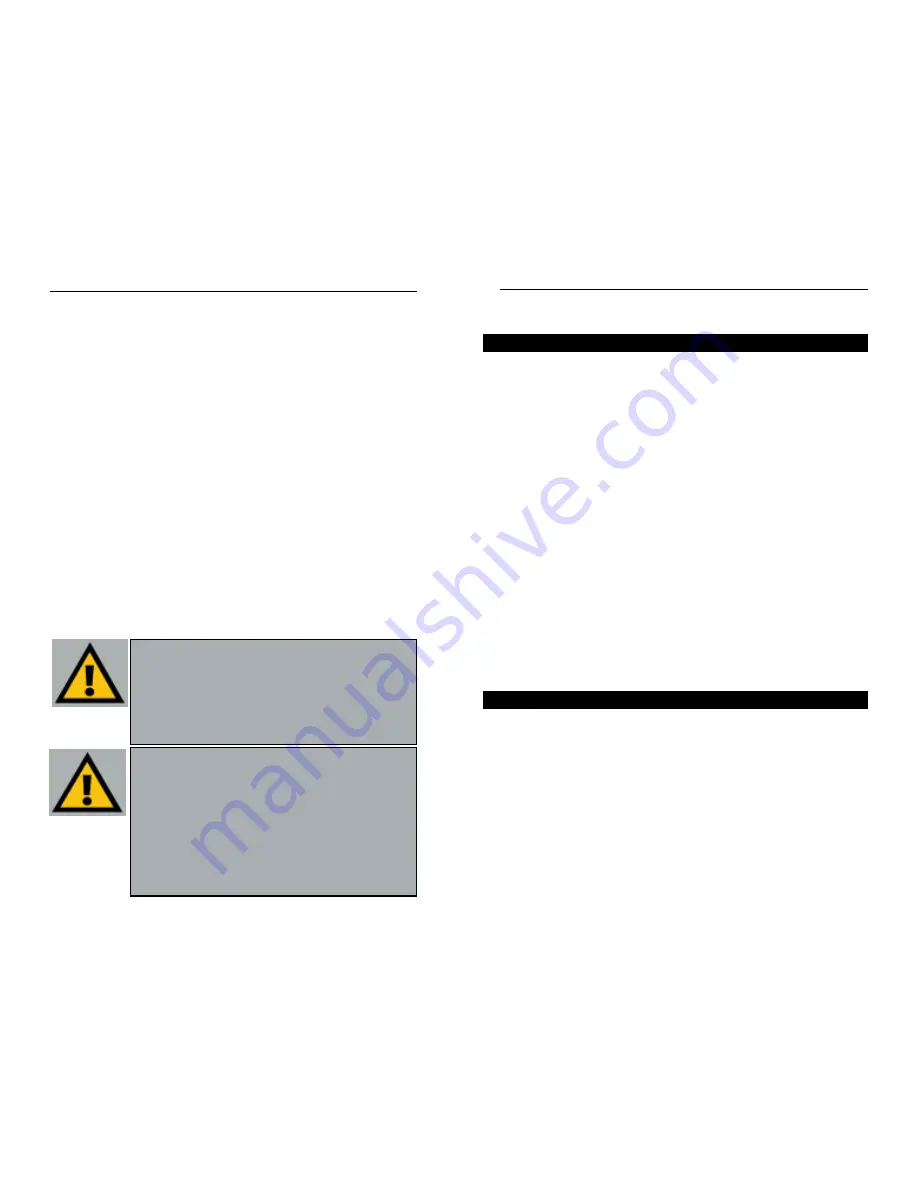
Chapter 4: Configuring the PCs
These instructions will help you configure each of your computers to commu-
nicate with the Router.
To do this, you will need to configure your PC’s network settings to obtain an
IP (or TCP/IP) address automatically. Computers use IP addresses to commu-
nicate with each other across a network or the Internet.
You will need to know which operating system your computer is running, such
as Windows 98 SE, Millennium, 2000, or XP. You can find out by clicking the
Start button and then selecting the Settings option. (If your Start menu does-
n’t have a Settings option, you’re running Windows XP. You can select the
Control Panel directly from the Start Menu.) Then, click Control Panel and
double-click the System icon. Click the Cancel button when done.
Once you know which Windows operating system you are running, follow the
directions in this step for your computer’s operating system. If you PC is not
configured with the TCP/IP protocol, you will need to do this for each com-
puter you are connecting to the Router.
The next few pages tell you, step by step, how to configure your TCP/IP set-
tings based on the type of Windows operating system you are using. Once
you've configured your computers, continue to Chapter 6: The Router’s Web-
based Utility.
1. Click the Start button, click Settings and open the Control Panel. From
there, double-click the Network icon to open the Network screen.
Overview
Configuring Windows 98 SE and Millennium PCs
4. Connect the Power Adapter (included) to the Router’s Power port and plug
the other end into a power outlet.
• The Power LED will illuminate green as soon as the power adapter is con-
nected.
• The Diag LED will illuminate red for a few seconds while the Router
goes through its internal diagnostic test. The LED will turn off when the
self-test is complete.
5. Power on the cable or DSL modem. Verify that the power is on by checking
the Link LED in the Internet column on the front of the Router. The Link
LED will be illuminated if the power is on and the modem is ready.
6. Press the Reset button on the back of the Router. Hold the button in for three
seconds, or until the Diag LED illuminates red. This restores the Router’s
default settings.
7. Power on your PC.
The Router is now connected.
Continue to the next chapter to configure your PCs.
For Wireless Connections: In addition to accessing the Router through an
Ethernet connection, a wireless connection can be used to access the Router.
After powering on the Router and connecting it to your modem, enter the
Router’s IP Address in the Address field of your wireless PC’s web-browser as
follows: http://192.168.1.1 and press Enter.
IIm
mp
po
orrtta
an
ntt::
The Router is configured by default to work out of the box
with all Network Everywhere Wireless Adapters. If you have
changed the defaults on your Network Everywhere Wireless
Adapters, or are using other wireless adapters, you must temporar-
ily change your wireless adapter settings to: (SSID = wireless) in
order to initially access the Router wirelessly. After you have
accessed the Router with the default settings, you can change the
Router’s settings to coincide with your Network settings and reset
your adapters.
IIm
mp
po
orrtta
an
ntt::
Some ISPs—most notably some cable providers—con-
figure their networks so that you do not have to enter a full Internet
address into your web browser or e-mail application to reach your
home page or receive your e-mail. If your Internet home page
address is something very simple, such as “www”, rather than
“www.networkeverywhere.com”, or your e-mail server’s address is
something similar to “e-mail” or “pop3”, rather than “pop.mail.net-
workeverywhere.com”, you won’t be able to properly configure the
Router until you determine the actual Internet addresses of your
Web and e-mail connections.
You m
mu
us
stt obtain this information prior to connecting the Router to
your network. You can obtain this information by contacting your ISP.
Wireless Cable/DSL Router
Network Everywhere
®
Series
10
9
Summary of Contents for NWR04B
Page 1: ......









































